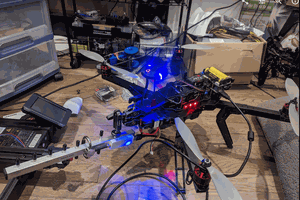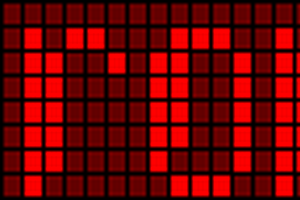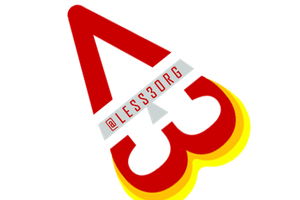Key features:
- Mongoose OS embedded operating system running on ESP8266.
- Dustproof, waterproof and wall mountable.
- Wireless remote firmware update, thanks to Mongoose OS management dashboard mDASH.
- Built with TUSISTEMITA hardware prototyping blocks
- 110/220V AC power
 alberto nunez
alberto nunez

 Toby Jackson
Toby Jackson
 Lexi
Lexi

 Phil Swanson
Phil Swanson